Seoul’s Top 10 Forest Trails for a Quiet Retreat
If you lead a hectic life while only moving forward, maybe it is time to take a break for a while and find your own coordinates. If you look for them, there are forests that are ideal for spending some quiet time throughout Seoul. You do not need to prepare much other than some snacks and a book to read. Take a stroll in the forest or sit on a bench to rest. Now that it is autumn, the cool shade under the large trees is another gift from the forest.
Metasequoia Forest Path on Ansan Jarak-gil
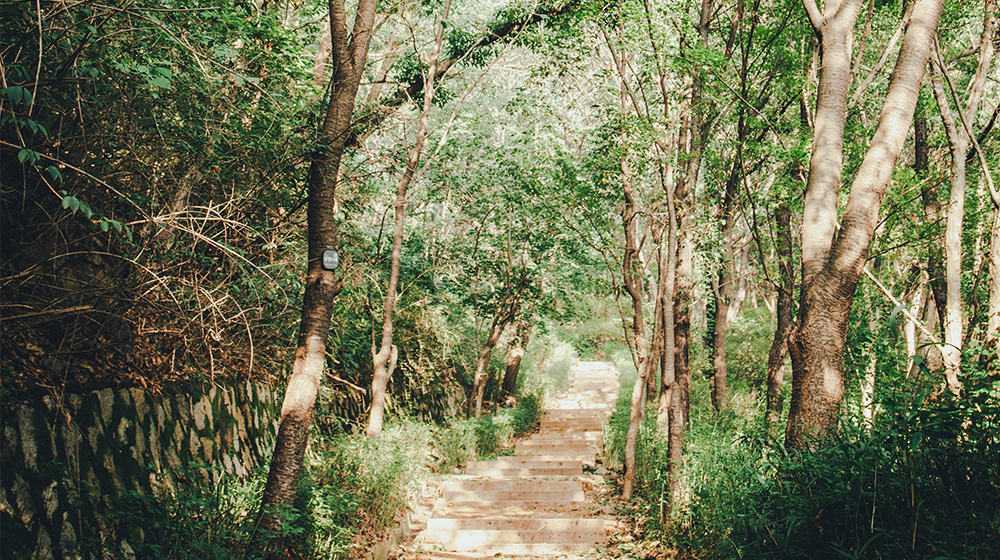
Green cast from overhead Ansan Jarak-gil is one of the places that best embodies the concept of “a forest in the city” as it is easily accessible from the center of the city and surrounded by a lush forest. There are various paths that lead to Ansan Jarak-gil, such as one starting at Dongnimmun Station, but if you want to go directly to the Metasequoia Forest Path, it is better to get started near the Seodaemun Museum of Natural History. Getting to the Metasequoia Forest Path involves a 15-minute climb up a gentle slope from the entrance to the trail. There are no signs to guide the way, but you will know you have reached the Metasequoia Forest Path when the green, leafy branches extending towards the sky cast shade from overhead. The colonies of metasequoia that have grown tall on both sides of wooden path exude a refreshing energy. If your physical strength permits, go up to the beacon fire station from the Metasequoia Forest Path through Muakjeong Pavilion. The panoramic view of Seoul spreading out from under your feet is quite the reward.
#Metasequoia #Relaxation #CityForestTrails #Green #BarrierFreeTrail
- Address San 1, Bongwon-dong, Seodaemun-gu, Seoul
- Tel +82-2-3140-8383 (Ansan Park Management Office)
- Parking Seodaemun-gu Office Parking Lot 2 (Free for first 30 mins / KRW 500 every 5 mins after)
Bamboo Forest at Ichon Hangang Park
Reinvigorating energy for the body Seoul has recently created its first forest trail under the theme of bamboo. Last year, with a budget of KRW 4.6 billion invested in five Hangang Parks, the city planted a total of 11,707 trees, 5,471 of which were bamboo planted in Ichon Hangang Park. Bamboo and various shrubs grown in the southern part of Korea were planted to form a 1-kilometer forest path in the park. This path connecting Dongjakdaegyo Bridge and the Nature Exploration Area is often called Daetbaram Forest. It always offers green scenery, regardless of the season, and is adored as a lovely place to take a walk by the residents of nearby apartment complexes. One of little-known facts is that bamboo emits phytoncide at a concentration as high as that of cypress trees, providing a healing effect. As you walk through the dense bamboo forest, your whole body is filled with refreshing energy.
#SeoulBambooForest #IchonHangangPark #DaetbaramForest
- Address 62, Ichon-ro 72-gil, Yongsan-gu, Seoul
- Tel +82-2-3780-0551~4 (Ichon Information Center)
- Parking Ichon Parking Lot 2 under Dongjakdaegyo Brige (KRW 1,000 for first 30 mins / KRW 200 every 10 mins after / Daily charge limit of KRW 10,000)
Nut Pine Tree Forest Park Path at Hoamsan Mountain
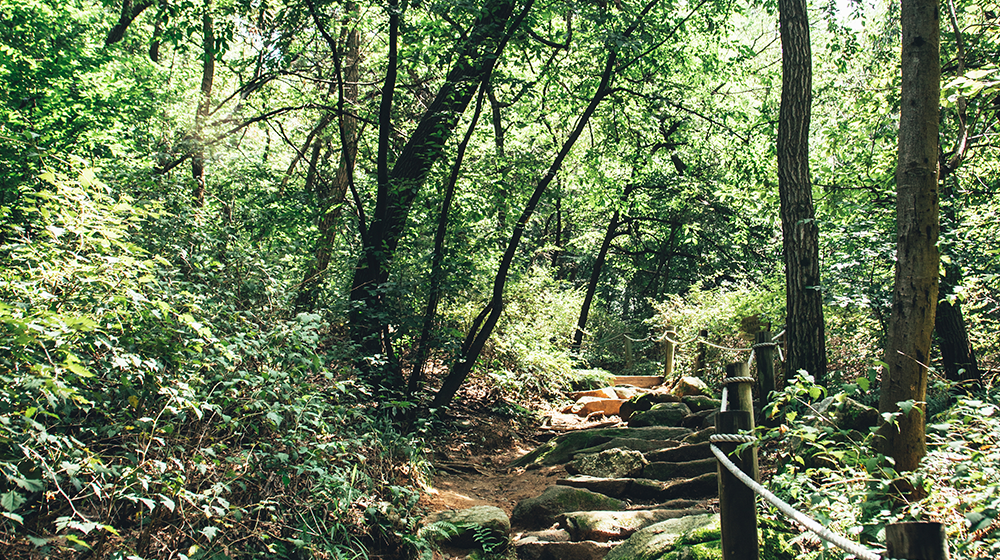
A phytoncide picnic “To walk in a forest or to expose the whole body to the forest to absorb its energy.” Nut Pine Tree Forest Park Path in Hoamsan Mountain provides an experience that lives up to this definition. To have this experience, you first need to find the entrance to Hoapsa Temple. Hoam Neulsol Trail (meaning “a trail where pine-scented wind always blows”) extends over 1.2 km from the Hoapsa Temple parking lot to the Hoamsan Mountain Waterfall. The Nut Pine Tree Forest Park Path in Hoamsan Mountain is located within a section of this trail. The Nut Pine Tree Forest Park Path in Hoamsan Mountain, which is composed of 50,000 square meters of nut pine colonies, is brimming with substances that are good for the health, such as phytoncides, anions, and terpenes (organic compounds that are found in the forest, enhance the activity of the human body, and have a sterilization effect). Taking a stroll through a forest promotes stress relief, stabilizes the mind and body, and helps improve blood circulation. In addition, as the phytoncide of the nut pine trees have the effect of repelling pests such as mosquitoes, many people enjoy outdoor picnics in the forest even during the summer. Hoam Neulsol-gil, which is also connected to Seoul Dulle-gil, is a barrier-free forest trail through which wheelchairs can pass. The trail is also well-equipped with convenience facilities such as restrooms and rest areas.
#ForestStroll #Phytoncide #Healing #NutPine #BarrierFreeTrail #HoamNeulsolgil
- Address San 93-1, Siheung-dong, Geumcheon-gu, Seoul
- Hours All lights of Hoam Neulsol-gil are turned off at 20:00 (All visitors must descend the mountain 10 minutes prior to the lights turning off)
- Tel +82-2-2627-1662 (Geumcheon-gu Office Park & Greenery Division)
- Parking Parking lot located on the way to Hoapsa Temple
Ui-dong Solbat Neighborhood Park
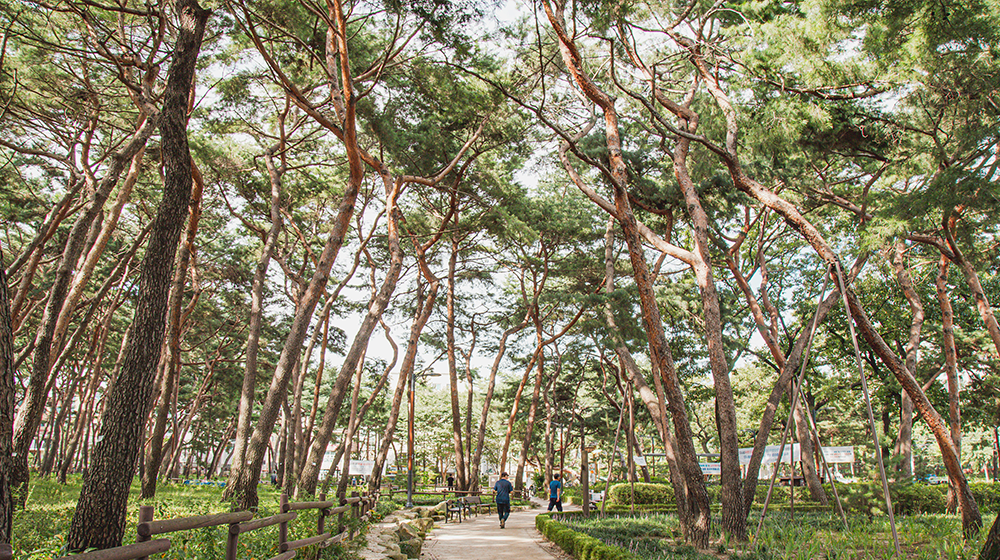
Home to wondrous pines The first section of Bukhansan Dulle-gil, which has more pine trees than any other species, is called the Pine Forest Trail. At the end of the pine trail is the Solbat Neighborhood Park. Located across from Duksung Women’s University in a quiet residential area, this park has as many as 971 pine trees. Once you know the background story of the creation of this park, the pine trees become even more meaningful. In the past, this park was a part of the privately-owned land. When it was selected as an apartment development site in 1990 and the pine trees faced the threat of death, residents and local governments campaigned to preserve the forest of pine trees. The city of Seoul and Gangbuk-gu purchased the land in 1997 and opened Solbat Neighborhood Park in 2004. The park, with a total area of 34,955 square meters, is home not only to the pine tree forest, but also benches, playground, trails, and ponds, offering endless fun to strollers. Of course, the highlights are the pine trees that offer cool shade and the view of Bukhansan Mountain seen through the branches.
#PineTrees #LocalVibes #DuksungWomensUniversity #PlacesInUi-dong #DowntownRestArea
- Address 561, Samyang-ro, Gangbuk-gu, Seoul
- Tel +82-2-901-6939 (Solbat Neighborhood Park Management Office)
- Parking N/A
Samtaegi Forest in Sangwolgok-dong
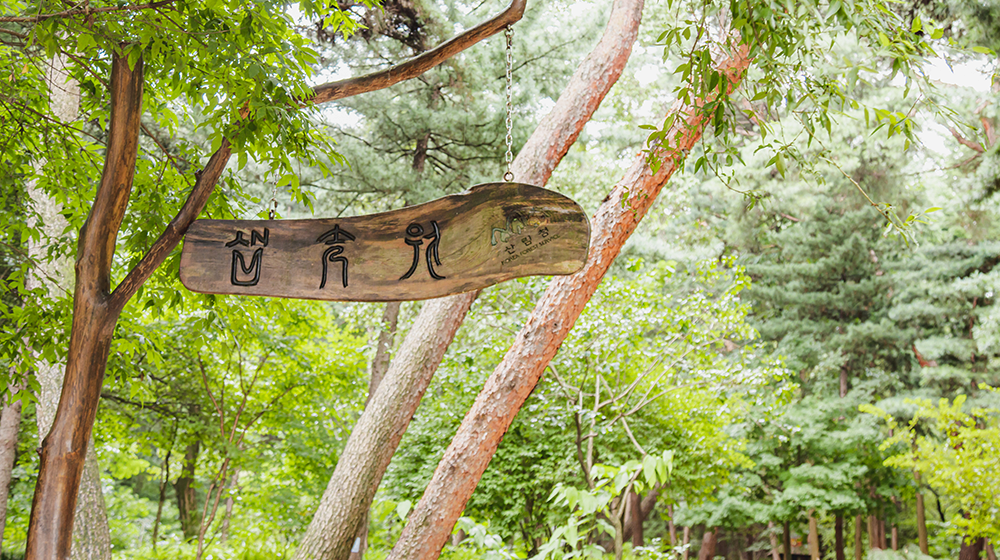
Big little forest The area around Sangwolgok-dong in Seoul has been called Samtaegi Village as it is the shape of a samtaegi (a traditional Korean farming tool used to carry soil and grain). This is why the small forest located in Sangwolgok-dong was named Samtaegi Forest, as well. The forest is found within the site of the Seoul National Forest Estate Management Office. This forest, which is owned by Korea Forest Service, opened to the public in 2015. Currently, the forest is open only on weekdays under the management of the Korea Forest Service. As you pass through the entrance to the Seoul National Forest Estate Management Office, you can see the path leading to the forest behind the building. By following the signs that say, “Route to Forest Trail,“ you can go around the entire forest. Though it is a well-managed artificial forest, you will feel like you are in nature if you keep walking along the soil path. Charming elements such as the pond, huts, and suspension bridge are popular with families with children.
#SamtaegiForest #NatureGetaway #Sangwolgokdong #BreakFromLife #FamilyRecreationalArea
- Address 30, Hwarang-ro 18ga-gil, Seongbuk-gu, Seoul (Seoul National Forest Estate Management Office)
- Hours Daily 09:00 – 17:00 (Children’s Forest 10:00 – 12:00 & 13:00 - 15:00)
- Tel +82-2-969-2003 (Seoul National Forest Estate Management Office)
- Parking N/A (Parking lot is not open to the public)
Gil-dong Ecological Park
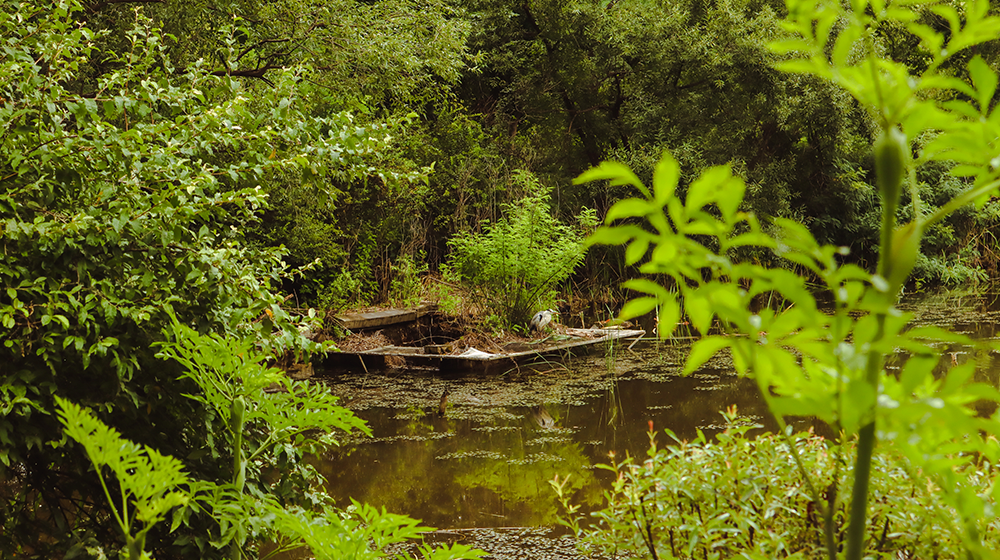
A Getaway from Seoul in Seoul You don’t know how many car horns I heard before I traversed the long crosswalk to cross the street and entered Gil-dong Ecological Park. After I passed through the entrance and walked for about three minutes, Seoul had already slipped out of my mind. The sounds of tree leaves, branches, and bugs filled my ears. Even though it was a very hot day, the fresh, cool fragrances of the forest surrounded my entire body. Gil-dong Ecological Park is an eco-friendly ecological park created by Seoul as part of its 5-year plan to expand the green areas of parks. As the park was completed in 1998, the trees here have now grown tall and leafy. Nature doesn’t age over time. The park stretches over about 79,000 square meters, consisting of a variety of theme zones such as the Square, Reservoir, Grassland, Swamp, Forest, and Farming. Two hours is enough to take a leisurely tour of the park. The most charming zone of Gil-dong Ecological Park is the Forest Zone. The wooden path that seems to stretch out endlessly refreshes the eyes. The temperature is always cool in the lush green forest as if it is autumn throughout the year. On the way to the forest, I saw a kingfisher and a heron in the pond and met an earthworm and the caterpillar of an old world swallowtail. This place was the perfect getaway from Seoul in Seoul.
#Cheonhodong #GildongEcologicalPark #ForestZone #DateSpot
- Address 1291, Cheonho-daero, Gangdong-gu, Seoul
- Hours Daily 10:00 - 17:30 (Closed Mondays & Closes at 5:00 p.m. during winter) * Online reservations required
- Website https://blog.naver.com/sdmstory
- Tel +82-2-472-2770 (Gil-dong Ecological Park Information Center)
- Capacity 30-60 per tour during pre-booked tour entrance hours (10:00 – 16:00) / 15-30 per program & Up to 400 per day
- Parking Gil-dong Ecological Park parking lot (Accommodates up to 26 vehicles)
Nadeul-gil in Seonjeongneung Royal Tombs
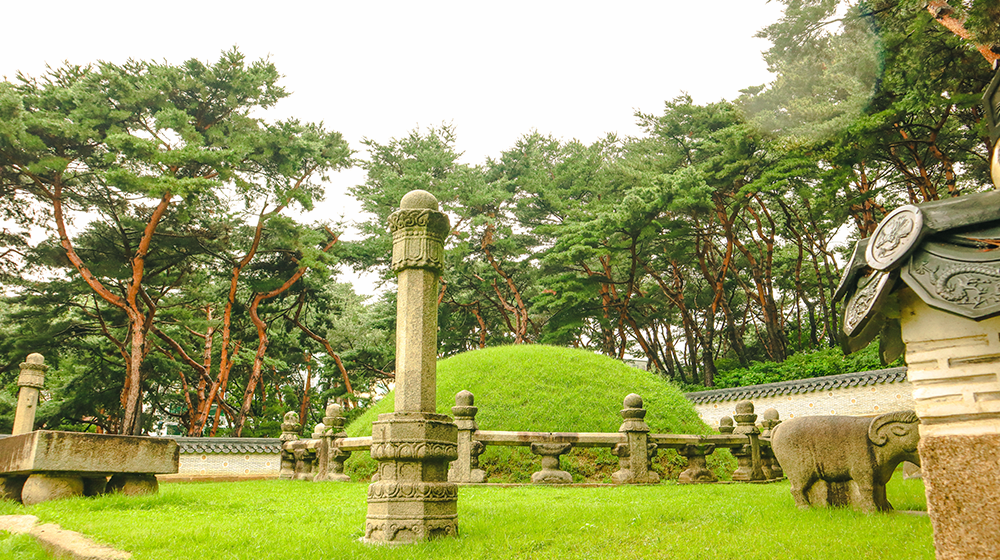
A green island in Gangnam From a bird’s-eye view, Seonjeongneung Royal Tombs look like a remote island. In the tightly packed, gray city center, it is the only space that is green in color. A 5-minute walk from Exit 8 of Seolleung Station takes you to the entrance to Seonjeongneung Royal Tombs. As it is so close to the city center, the royal tombs have become ordinary paths for office workers in the area. Designated as a UNESCO World Heritage Site on June 2009, Seonjeongneung Royal Tombs consist of three royal tombs: Seolleung Royal Tomb, a Tomb of King Seongjong who laid the ground work for the royal politics based on the Confucianism; Joengneung Royal Tomb, a Tomb of King Jungjong; and a Tomb of Queen Jeonghyeon, a second wife of King Seongjong. It is also a place that witnessed the tragic history in which the royal tombs were destroyed and the coffins of the kings and queens laid to rest here were burned by the Japanese troops during the Japanese Invasion of Korea in 1592. Nature comforts history in its own way. Wild cherry trees extend their branches far to shield the tombs from the sun. The splendid curves of the oak and pine trees are dynamic like the piece of work of a great master of calligraphy. The path from Jeongneung Royal Tomb to Seolleung Royal Tomb presents a particularly beautiful scenery. Walking along the soft soil path, you feel as if you are in an oriental painting.
#SeonjeongneungRoyalTombs #SeolleungStationExit8 #Nadeulgil #UNESCO #WorldHeritageSite
- Address 1, Seolleung-ro 100-gil, Gangnam-gu, Seoul
- Hours Daily 06:00 – 21:00 (March – October 06:00 – 18:00 / February 06:30 – 17:30 / November – January Closed Mondays)
- Website royaltombs.cha.go.kr
- Tel +82-2-568-1291 (Seolleung Management Office)
- Admission KRW 1,000 per Korean national / KRW 800 per Korean group visitor / KRW 1,000 per foreign visitor (KRW 500 for minors 18 & under) / KRW 800 per foreign group visitor (KRW 400 for minors 18 & under) / * Pets not permitted
- Parking Seonjeongneung Royal Tombs parking lot (Capacity: Approx. 50 / KRW 400 every 5 mins / KRW 600 every 5 mins after the first 2 hours)
- Regular Guided Tour Provided on regular basis regardless of number of participants (Reservation required for groups of 10 or more)
Metasequoia Path in Yangjae Citizen’s Forest
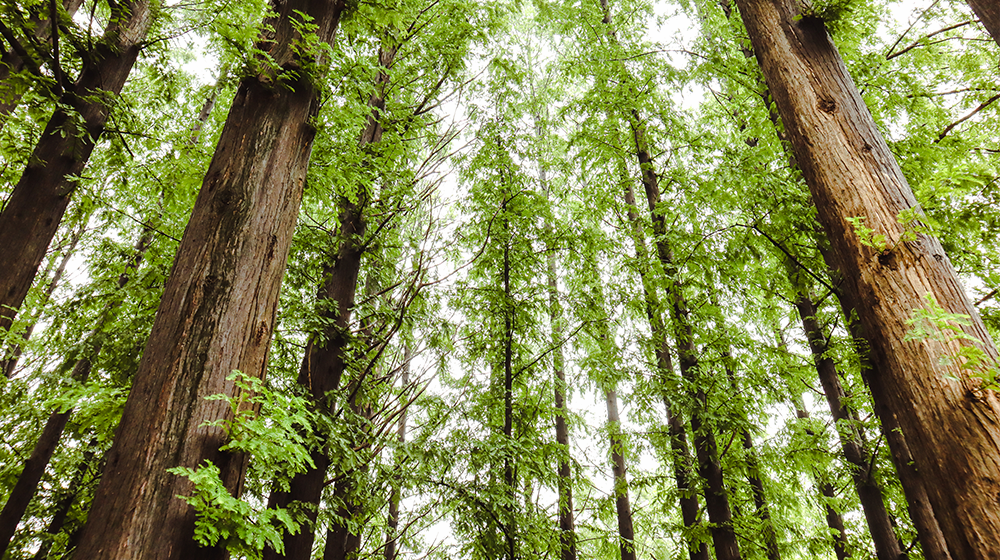
Nature’s perfect autumn path in Seoul The waterways that run through Seoul are largely divided into Cheonggyecheon Stream, Hangang River, and Yangjaecheon Stream. Yangjaecheon Stream rises from Gwanaksan Mountain, comes down around the south of Seocho-gu and Gangnam-gu, and flows into the Tancheon Stream to join the Hangang River. Yangjae Citizen’s Forest is Korea’s first park designed with a forest concept. In other words, the park is literally a forest filled with innumerable trees, rather being just a few trees throughout the city center. Trees are everywhere, boasting their lushness. As you walk in this forest, you often come across metasequoia paths. Of all these paths, the most popular is the Philosopher’s Path within Seocho Culture and Arts Park that is located next to Yangjae Citizen’s Forest. As there are various sculptures on display in the woods, you feel as if you are taking a tour of an art gallery in nature while strolling along the paths. The Metasequoia path creates the most beautiful scenery in autumn. As their leaves turn red, they fall to the ground, creating a red carpet. The richer colors of autumn harmonize with the high, blue sky.
#AutumnHotSpot #FoliagePhotoHotSpot #YangjaeCitizensForest #BestPhotoSpots #SeochoPhilosophersPath
- Address 99, Maeheon-ro, Seocho-gu, Seoul
- Hours Always open
- Website parks.seoul.go.kr/template/sub/citizen.do
- Tel +82-2-575-3895 (Yangjae Citizen’s Forest Office) & +82-2-2181-1184 (Park and Leisure Department)
- Parking Yangjae Citizen’s Forest Public Parking Lots (Daily 08:00 - 21:00 / KRW 1,500 for 30 mins & KRW 3,000 for 1 hour)
Pine Nut Forest on Opaesan Mountain Nadeul-gil (Trail)
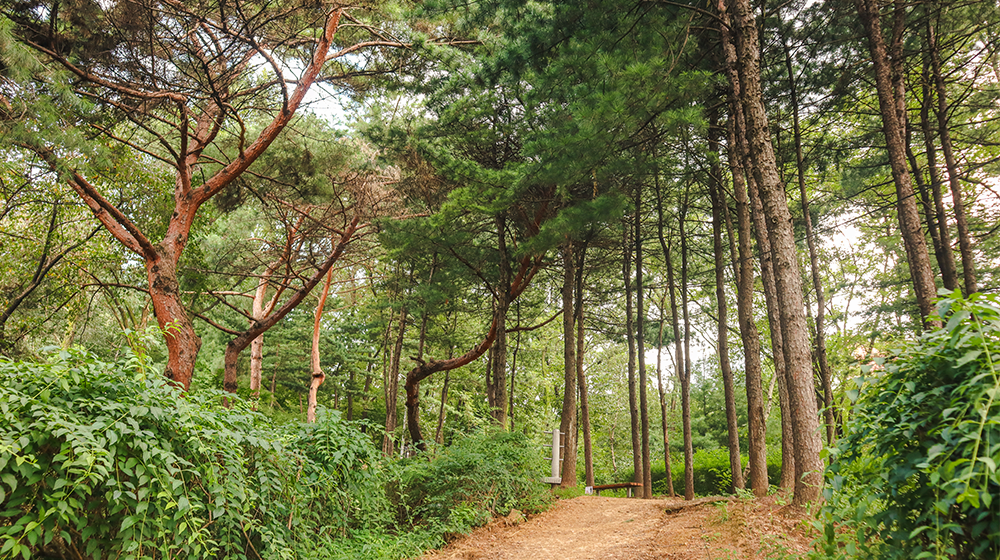
A breath of nature After a 10-minute walk from exit 2 of Suyu Station, Opaesan Tunnel comes into sight although Seoul is still covered in gray. As you climb the stairs avoiding the lines of cars pouring out of the tunnel, the entrance to Opaesan Mountain Nadeul-gil reveals itself. You are truly lucky to be able to encounter such well-preserved nature in the middle of the city. Opaesan Mountain Nadeul-gil is a hilly road formed by the two peaks of Opaesan Mountain (115 meters) and Byeogosan Mountain (135 meters). Along this trail that stretches a total length of about 2 kilometers, you can take a leisurely tour of the areas surrounding the trail in an hour. The foot of the mountain is embraced by plum trees that bloom in spring. When the flowers fall, sweet plums appear where the flowers once were. Walking slowly along the trail, you feel your breathing become much easier at some point. This is thanks to numerous pine trees that surround you. Phytoncides are generated in much larger quantities by needleleaf trees, such as pine and nut pine trees, compared to broad-leaved trees. The end of Opaesan Mountain Nadeul-gil(Trail) is the beginning of Kkotsaem-gil Trail, a flower garden created by photographer Kim Yeong-san in 1994 while he was battling cancer. Like its name “Kkotsaem” (spring of flowers), flowers bloom here as steadily as spring water.
#OpaesanMountainTrail #NutPineForest #PlumTrees #NearbyMountains
- Address b> [Vicinity of] San 17-3, Beon-dong, Gangbuk-gu, Seoul
- Hours Always open
- Parking N/A
Hongneung Forest of the National Institute of Forest Science

A forest with traces of history The Korea Forest Service has designated and managed “National Forest Cultural Assets” that retain the traces of the lives of ancient Koreans who pursued coexistence with the forest and have great preservation value in historical, ecological, and scenic aspects. Currently, the title of National Forest Cultural Asset No. 1 is held by Hongneung Forest located in Hoegi-dong, Dongdaemun-gu. Hongneung Forest, which is Korea’s first arboretum, was created in the establishment of a forestry test site in Hongneung, the tomb of Empress Myeongseong, the wife of Emperor Gojong, in 1922. The test site was changed to the National Institute of Forest Science in 2004. The oldest tree in this Hongneung Forest, which is over 100 years old, is probably the pine tree standing on the lawn in front of the Forest Conservation Research Building. This tree, born in 1892, is about 130 years old. If you take a walk along the forest trail behind the Forestry and Conservation Research Building by starting from this tree, you will reach the site of Hongneung Royal Tomb (Tomb of Emperor Gojong). In the center of the site stands an extremely twisted pine tree. Behind the tree is Eojeong, which is well-known as the place where Emperor Gojong drank water when he visited the tomb of Empress Myeongseong. There are also five different trails, including the Millenary Forest Trail, the Empress’s Trail, the Forest Exploration Trail, the Cheonjangmaru Trail, and the Munbaenamu Trail . Walking through a forest that holds the history of Seoul in the heart of the city is true romance.
#HongneungForest #KoreasFirstArboretum #EmpressMyeongseong #130YearPine #NationalForestCulturalAsset
- Address 57, Hoegi-ro, Dongdaemun-gu, Seoul
- Hours Forest Tour [March to November]
* Tuesday – Friday 10:30, 13:30 & 16:30
(Online reservations required / Closed Mondays / Only forest tours are available on weekdays / * Saturday – Sunday 10:30, 14:00)
(Reservations not required / Tours start from the Korean flowering cherry rest area in front of the Forest Science Hall / Closed on national holidays) Non-guided Tours (Weekends) [March to October] 09:00 - 18:00 & [November to February] 09:00 – 17:00 - Website https://www.forest.go.kr/newkfsweb/html/HtmlPage.do?pg=/rest/rest_0701.html&mn=KFS_14_01_10_02_08
- Tel +82-2-961-2777 (Hongneung Experimental Forest)
- Capacity Up to a group of 60 with reservations
- Parking N/A